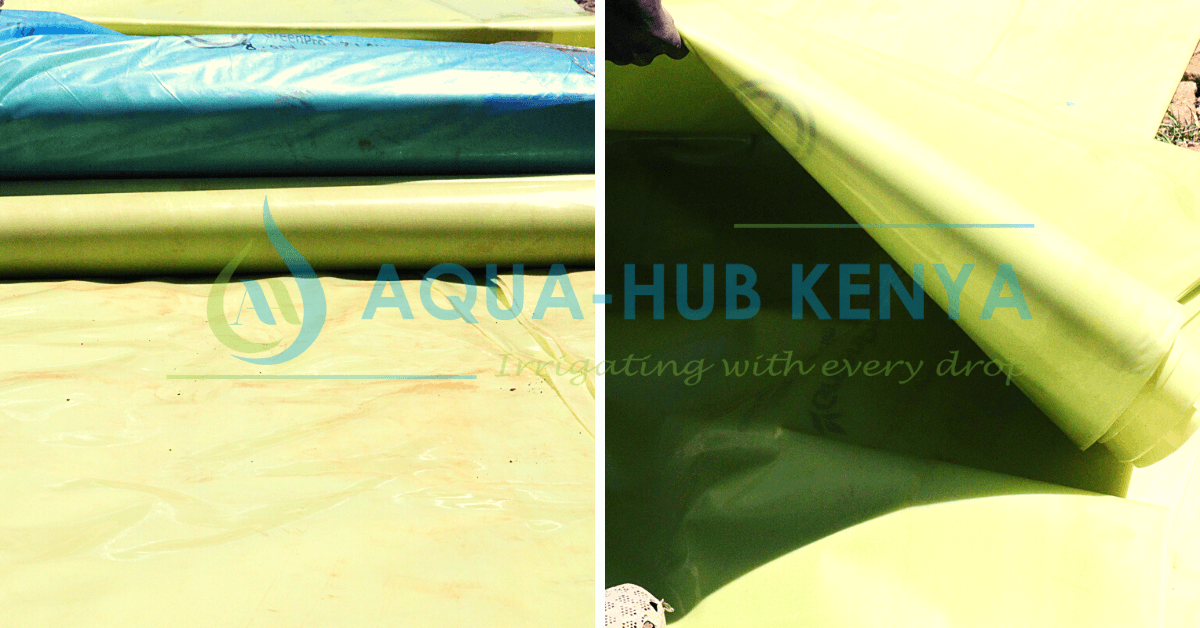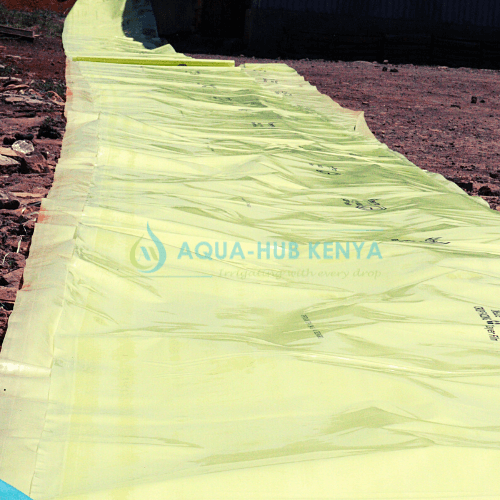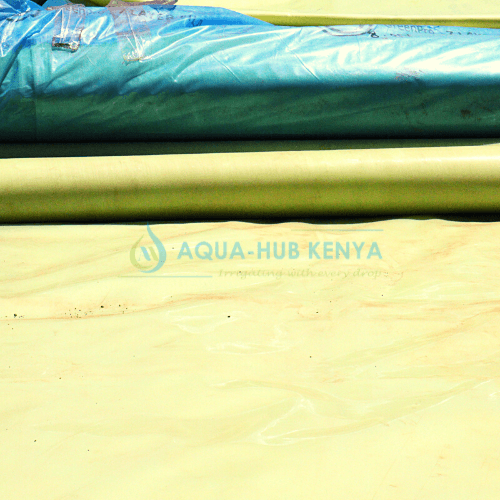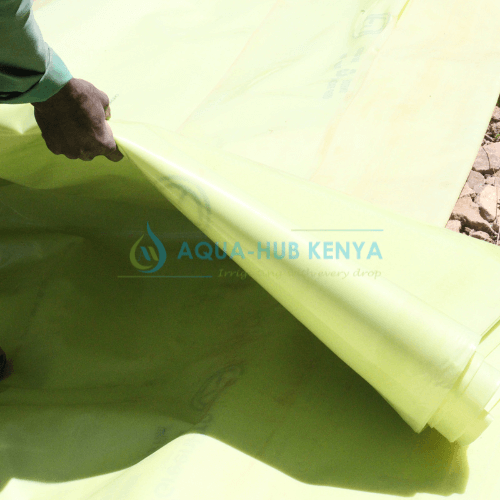Greenhouse Polythene for flower farms in Africa

For flower plantations in Africa, greenhouse polythene is crucial. In Africa, a number of flower producers have adopted using greenhouse polyethene. The farmers can attest that by utilizing these polyethene, their output rose in comparison to when they did not. For flower farms in Africa, Aqua Hub Kenya offers the best, highest-quality greenhouse polythene at the most reasonable prices. We provide a comprehensive selection of greenhouse sheets to meet all the requirements of flower growers. The polythene sheet used for greenhouses is 200 microns thick and UV treated, comes in white and yellow colors. The papers we use for greenhouses are strong and long-lasting.
Greenhouse Polythene for flower farms

At both high and low altitudes, greenhouse polyethylene has produced highly effective outcomes in African flower plantations. Depending on the climate zone areas, it is crucial to select the appropriate polythene. For different rose and cutting kinds for farms. In general, UV open plastic should be favored for bi-color variations. This is over UV block plastic for red roses and straight hues. Different polymers should be selected for high altitude and low altitude farms in order to achieve the highest quality and shortest yield period. Flower producers have a good possibility of enhancing their output by employing greenhouse paper.
What is greenhouse polythene?
Greenhouse polythene, also known as greenhouse plastic or greenhouse film. It is a type of material used to cover greenhouses in order to create a controlled environment for growing flowers. The polythene is typically made from a type of plastic known as polyethylene, which is a strong, durable. And UV-stabilized material that can withstand the elements. Greenhouse paper is typically stretched over a framework of metal pipes. Or wooden beams to create a structure that can be used for growing flowers. The polythene can be used to cover the entire greenhouse. Or it can be used in combination with other materials, such as glass or polycarbonate.
It provides an efficient and cost-effective way to create a controlled environment for growing flowers and vegetables, by trapping heat and sunlight inside the greenhouse and reducing the amount of heat and light that is lost to the outside environment. It is important to note that Greenhouse paper requires regular maintenance, such as cleaning and repairing, to ensure its longevity and effectiveness. Additionally, proper ventilation is essential to avoid high humidity and high temperatures inside the greenhouse.
What are the benefits of greenhouse polythene for flowers?
Greenhouse polythene provides several benefits for flower farming, including:

- Protection from Extreme Weather: Greenhouse paper provides protection from extreme heat, cold, wind, and rain, allowing farmers to grow flowers year-round and in a controlled environment.
- Increased Yields: Greenhouse polythene allows farmers to control the temperature, humidity, and light levels, leading to higher yields and better quality flowers.
- Reduced Pest and Disease Control: Greenhouse polythene can reduce the need for chemical pesticides and fungicides by creating a protected environment that is less susceptible to pests and diseases.
- Water Conservation: Greenhouse polythene can help to conserve water by trapping moisture inside the greenhouse, reducing the need for frequent watering.
- Cost-effective: Greenhouse polythene is an affordable solution for farmers, as it is relatively cheap to purchase and easy to install.
- Long-lasting: Greenhouse paper can last for several years with proper maintenance, providing a long-term solution for farmers.
- Flexibility: Greenhouse polythene can be used for various flower varieties and different seasons, allowing farmers to grow a wide range of crops.
- Increased revenue: Greenhouse polythene allows farmers to extend the growing season, increasing revenue by providing flowers throughout the year.
- Improved Quality: Greenhouse polythene provides optimal growing conditions, resulting in improved quality of flowers.
- Reduced labor and costs: Greenhouse paper allows farmers to control the environment and reduces the need for manual labor such as weeding and pest control.
It’s also important to note that a properly designed and maintained greenhouse sheet can offer an optimal environment for flower growth, which can result in an increased market value, and improved competitiveness in the market.
What are the types of Greenhouse polythene for flowers?
There are several types of greenhouse polythene that can be used for growing flowers:
- Clear polythene: This type of polythene is transparent, allowing the maximum amount of sunlight to penetrate the greenhouse. Clear polythene is suitable for warm climates and for plants that require a lot of light.
- White or opaque polythene: This type of polythene is not transparent, it diffuses sunlight, reducing the intensity of light that reaches the plants. It’s suitable for cooler climates, where less light is needed or for plants that are sensitive to light.
- UV-stabilized polythene: This type of polythene is designed to resist damage from UV rays, which can cause the polythene to degrade over time. UV-stabilized polythene is more expensive than clear polythene, but it can last longer.

What is the lifespan of a greenhouse polythene for flowers?
The lifespan of a greenhouse polythene for flowers depends on several factors such as:
- Quality of the polythene: The quality of the polythene will affect how long it will last. High-quality polythene that is UV-stabilized will typically last longer than lower quality polythene.
- Maintenance: Proper maintenance of the polythene, such as cleaning and repairing tears, can extend the life of the polythene.
- Climate: The climate of the region where the greenhouse is located can affect the lifespan of the polythene. In areas with high UV exposure, the polythene will degrade faster, while in areas with less UV exposure, the polythene will last longer.
- Installation: The way the polythene is installed can also affect its lifespan. If it’s not installed properly, it may not last as long as it should.
Typically, a greenhouse paper for flowers can last for several years with proper maintenance and installation, but it can last for less time if exposed to harsh weather conditions, high UV exposure and lack of maintenance. It’s important to check the polythene regularly for any signs of damage and repair or replace it if necessary.
